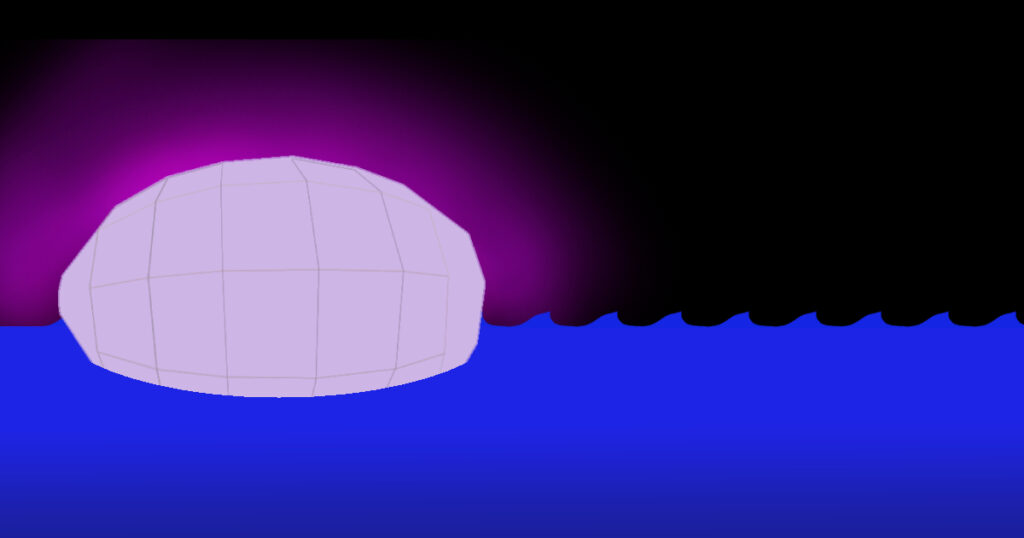An incomplete list of things I didn’t know or realize about self-experimenting with nutritional therapy, which hindered my progress over the years.
If you can find books on nutrition or orthomolecular medicine published before the mid-1970s, buy them if you can afford them.
After the 1970s the knowledge and research about such interactions declined significantly. I’ve got a list of about 10 I’d like, but they’re all over $100.00.
A bunch of supplements in the US don’t work well for anything but mild deficiencies.
See this post for a list. In the absence of reliable blood testing or willing doctors, I’ve had to feel out my various deficiencies by trying different supplements and seeing what happened. One example is thiamine hydrochloride. It never did anything for me, so I figured I didn’t have a thiamine deficiency. It turns out this form is so inefficiently formulated — not readily available — that you’d get sick from the other ingredients before you ever got enough thiamine out of the supplement to see a difference. Apparently the Japanese, once again, have a version that is a whole lot better: benfotiamine. Another form called allithiamine (thiamine tetrahydrofurfuryl disulfide or TTFD) is also supposed to be better.
A reaction to a supplement does not necessarily mean you are poisoning yourself.
More likely it means that you are inducing a deficiency in another nutrient. I terrified myself reading stories from people who suffered nerve damage with vitamin B6, until I realized I just needed to take vitamin B12 with it. Because of that and other misinformation, I hesitated for far too long to experiment with the larger doses of vitamins and minerals that I needed.
A food reaction isn’t necessarily an allergy, and might actually indicate a deficiency…
I now doubt that any of my food reactions were technically allergies. I reacted to dairy because the casein was lowering my already-abysmal zinc levels, to pears and soy because they lowered my iodine levels, etc.
…or might indicate that your body’s histamine levels are too high for non-allergy-related reasons.
I ignored the connection between histamine levels and mental concentration because I didn’t have sneezy symptoms. Finally I got wise, eliminated high-histamine foods from my diet (rice, deli meats, fermented foods…) and mainlined the anti-histamine vitamin C, and life got a lot easier.
RDAs are for healthy people.
The amounts are to prevent deficiency. If you are already deficient, those amounts may or may not help you, depending on the severity of your deficiency.
Actually, RDAs are a joke.
Vitamin D, the first thing I tried that actually improved my insomnia, had an RDA of 400 IU for years. Finally, my alterna-doc heard that higher doses of up to 2,000 IU a day were being used and suggested I try it. Within five days my sleep increased by about two hours.
History of updates to this content
This page or post was originally published on June 24, 2011.






Some of the books by Carl Pfeiffer might be worth getting your hands on.
Have you had your genetic mapping done? You’re a riot btw, your blog had me in splits the whole time!
No, I haven’t. I had MTHFR gene testing and testing for a gene that Ritchie Shoemaker feels is important in regards to biotoxin poisoning, but that’s it. It is an interesting idea.
Would you mind sharing some titles of the orthomolecular 70s books? I’ve bee self-experimenting for years, but I’ve never used a book for help. (Seems like that would be a miracle. Figuring this all out via countless Internet searches is tiresome work.)
That is a good idea. I seem to have lost my list but I’ll try to cobble something together. Give me a few days.
Update: I didn’t find much after all, and nothing from the 70s. Here’s one from the 40s:
VITAMINS AND HORMONES V2, Volume 2 Hardcover – February 11, 1944
http://www.amazon.com/dp/012709802X/ref=wl_it_dp_o_pC_nS_ttl?_encoding=UTF8&colid=1NYQ94QEZSIDL&coliid=I1YB742VOV619Y
You might call the people at orthomolecular.org and see if they have any ideas. They’re in Wichita. Zubal Books (zubalbooks.com) had some going back to the 30s.